Capturing a solar eclipse
Astronomer, Ellie, talks us through what exactly a solar eclipse is ahead of her visit to the USA to see it for herself.
Hello, my name’s Ellie and some of you may know me as an Astronomer at Kielder Observatory. I have worked at the obsy for almost 5 years now, and in that time I have seen a lot! The aurora, milky way, meteor showers, galaxies, nebulae, there is no doubt that I have been very lucky. However, one thing on my to-see bucket list remains elusive- a total solar eclipse.
The last UK total solar eclipse was in 1999, and while I know many who have fond memories of it, I was not yet 2 and had not gained the cognitive ability to observe the eclipse and form long-term memories. The next one is not due until 2090, at which point I will be 92. This is rather a long way away and I am not a patient person, so I have resolved to travel for my eclipse.
And so it is that this April I will travel to the US in my first attempt to observe that moment of totality, and I will be taking you all along with me (virtually)! If all goes to plan, you will be able to follow my journey through the US on our social media pages, culminating in a livestream of the event itself on the 8th April.
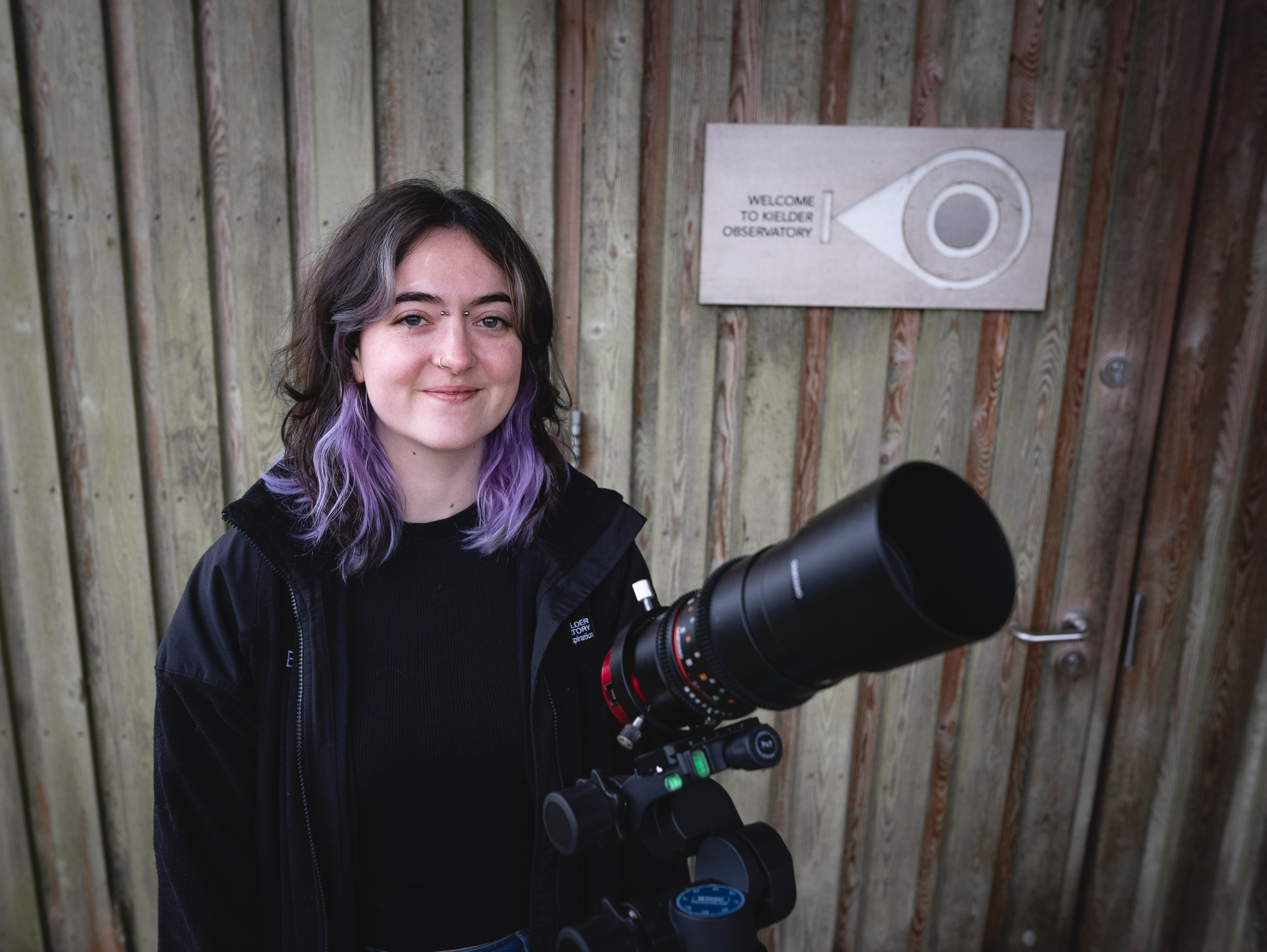
But what is a total solar eclipse? Why are they rare? Why do I even want to see one?
Total solar eclipses happen as the Moon passes between the Sun and the Earth, casting a shadow on certain lucky areas who then see the disk of the Sun completely obscured by the Moon. Such a phenomenon would be a monthly occurrence if the Moon and the Earth’s orbital planes aligned, but in reality the Moon’s orbital plane is at a 5° tilt meaning the shadow usually misses us.
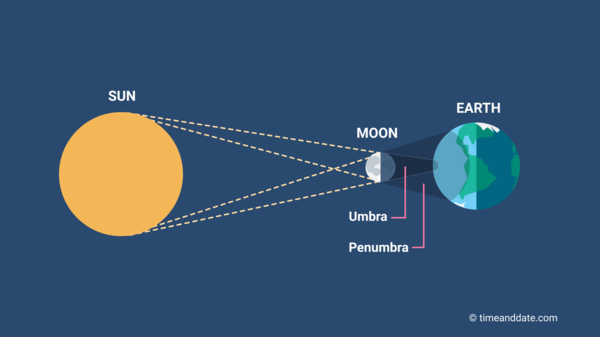
Even with that in mind, total solar eclipses do happen every 18 months on average, but they don’t always pass through such a conveniently large area of populated land as America. This year’s eclipse looks set to be the one of the most widely witnessed ever with over 32 million people living along the path of totality, and many more travelling in to see it like myself.
One of the highlights of a total solar eclipse, so I am told, is seeing the Sun’s corona which is its outermost atmosphere. The corona is much dimmer than the surface of the Sun and so usually is not visible to us on Earth, however with the Sun momentarily blotted out it has its moment to shine. This year I am hoping for a particularly spectacular corona as the Sun is approaching the peak of its 11-year activity cycle. The corona is the target of my first ever attempt at astrophotography- our director of astrophotography Dan Monk reckons he has figured out a fool-proof way for me to get it so keep an eye out for that on the socials.
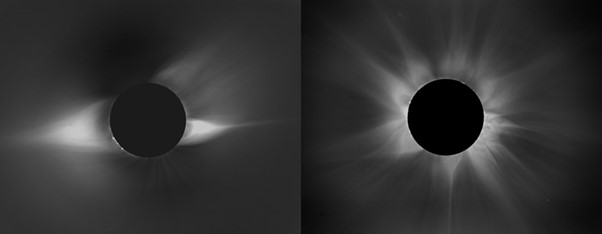
(left) A solar corona at solar minimum vs (right) a solar corona at solar maximum (image: NCAR's High Altitude Observatory and Rhodes College)
My desire to get a picture of the Suns corona isn’t much about the corona itself, it’s more to do with the stars in the background. In 1919 British astronomers Frank Watson Dyson and Arthur Stanley Eddington used a solar eclipse to provide evidence for Einsteins theory of general relativity by looking at the stars close to the Sun at the moment of totality, and it is my aim to recreate this.
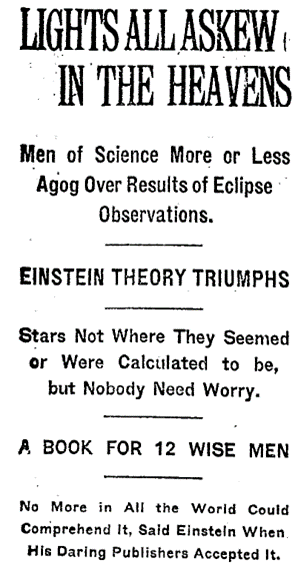
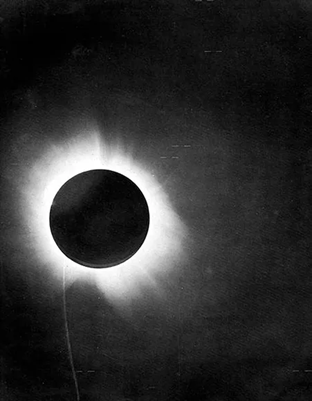
(left) New York Times article about the experiment and (right) one of Eddington’s pictures
Einstein’s theory of general relativity predicts that massive objects should bend the path of light around them. This results in stars appearing in different positions to normal when in the presence of the Sun. On a normal day you can not test this because the Sun is simply too bright for you to observe the stars around it, but when the Moon blocks it out you have sufficient darkness. By obtaining a picture of the Sun at totality, I hope to be able to measure how much the Sun has shifted the stars just as Dyson and Eddington did and show that,105 years on, Einstein is still correct.
Beyond being simply an amazing opportunity to finally see a total solar eclipse, this trip is somewhat of a full-circle moment for me as a Kielder astronomer. I interviewed for this role on the 11th May 2019 and as part of the interview process I was asked to present something to the public during an event. The title of my presentation was “Eclipsploration”, and I talked about how eclipses have been used throughout history as a tool to further our understanding of the cosmos. One of the examples I even gave was of Eddington’s pictures!
By the time you are reading this I will already be across the Atlantic, enjoying a short break before it all kicks off. I hope that you join me for the journey and that you tune in for my (hopefully perfectly clear) livestream on the 8th. Please send good vibes to whoever controls the clouds and ask them to keep them away.














